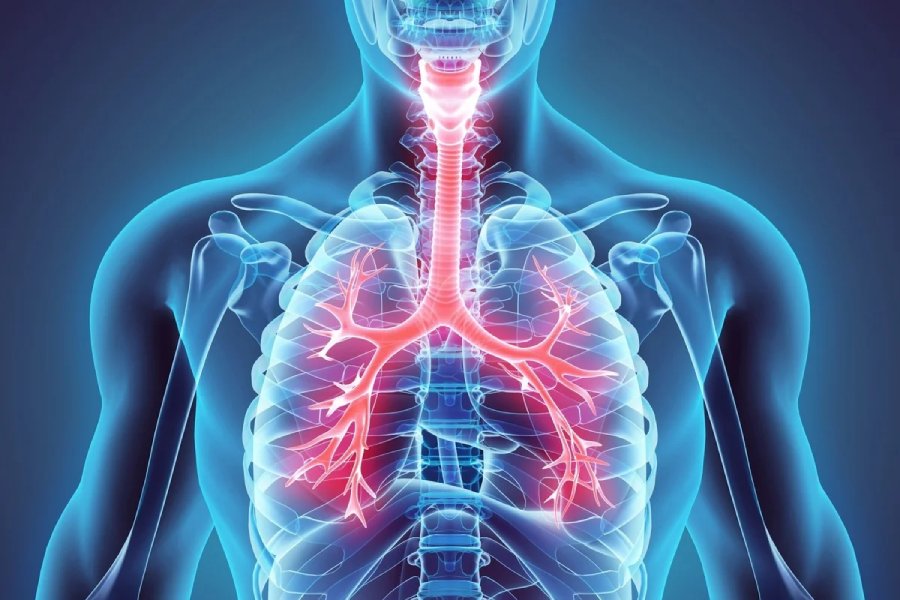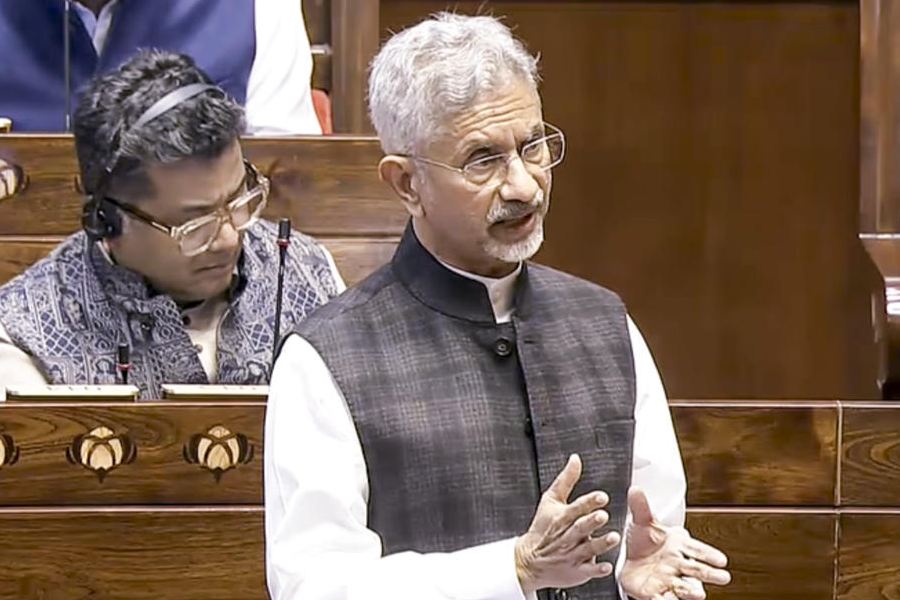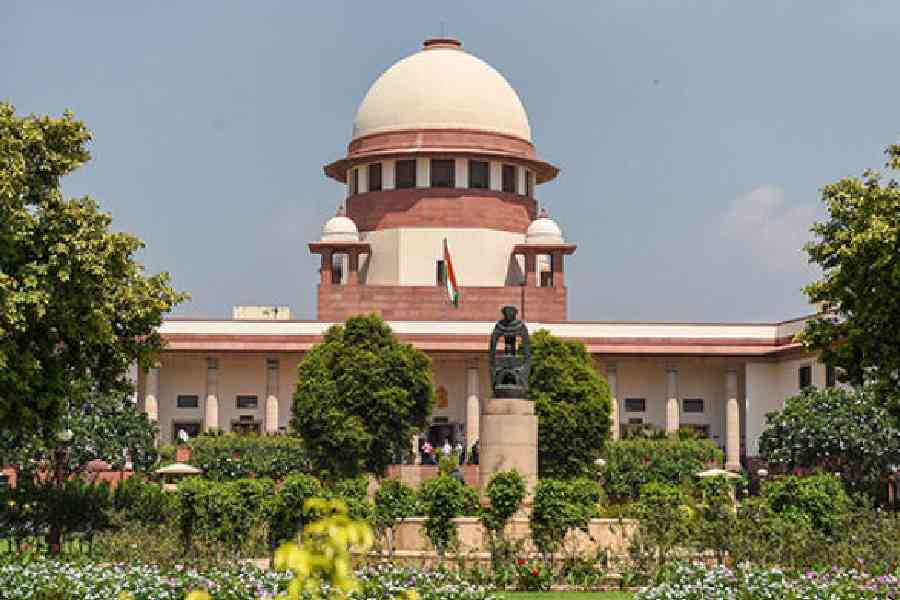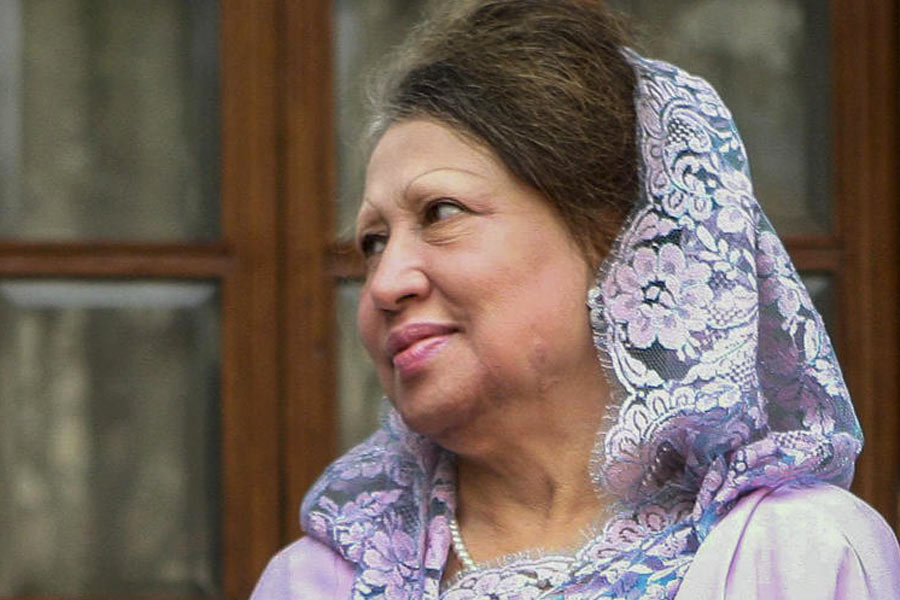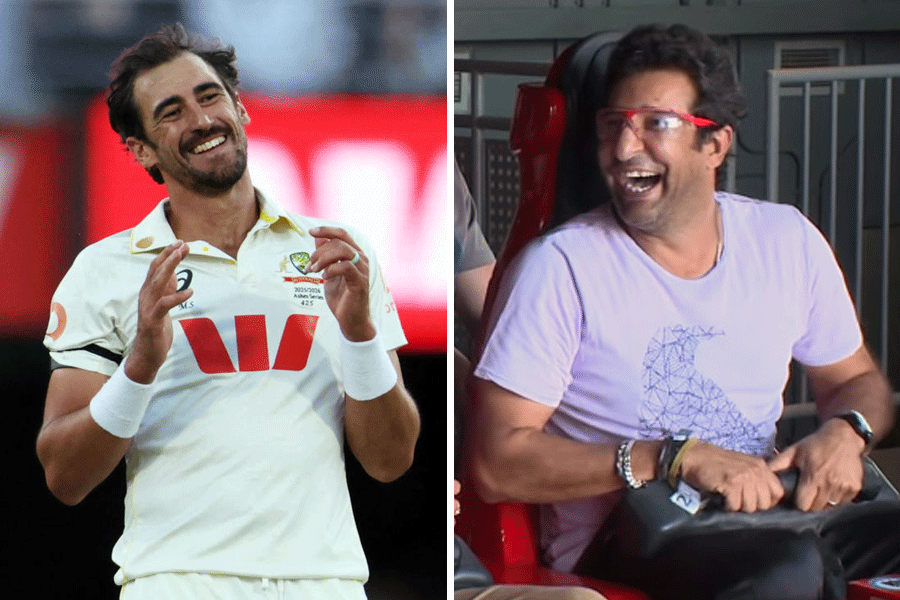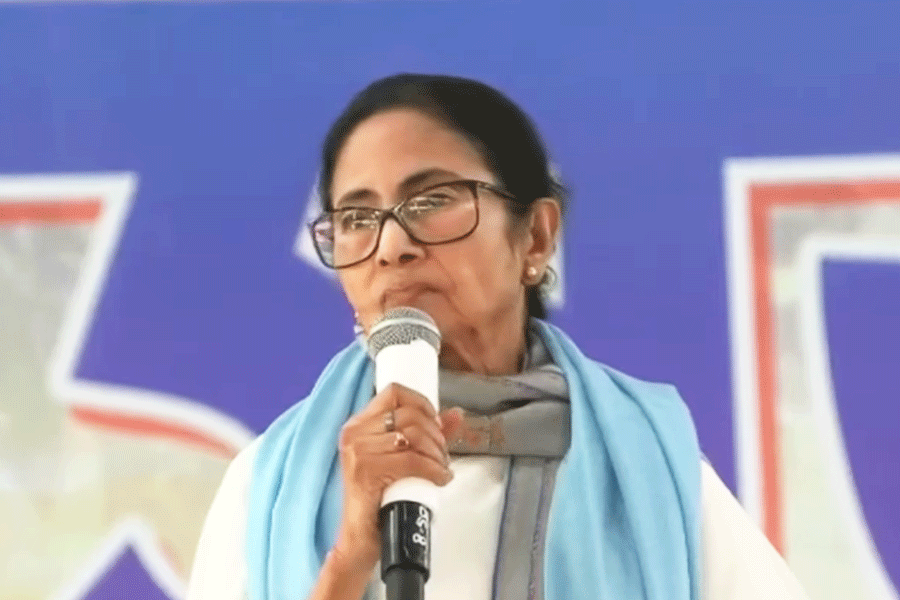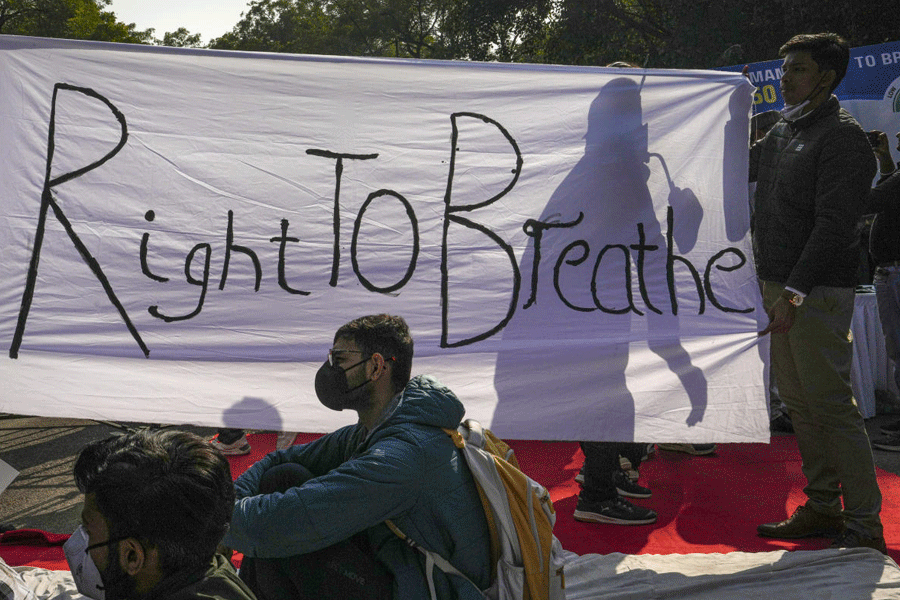The season of misery is here for those suffering from lung diseases.
Doctors this newspaper spoke to said the number of patients coming to hospitals with respiratory distress goes up exponentially during Diwali night and at least a couple of nights after that.
Calcutta’s air quality drops to “very poor” at several locations during and after Diwali.
Diwali celebrations started early in several parts of the city with crackers bursting from Thursday itself.
According to the National Air Quality Index, “very poor” air quality can lead to “respiratory illness on prolonged exposure; “moderate” air quality can cause “breathing discomfort to people with lungs, asthma and heart diseases,” and “satisfactory” air quality can cause “minor breathing discomfort to sensitive people”.
“Every year, on Diwali night, many patients with severe cough, wheezing and respiratory distress come to the hospital’s emergency ward. Most of them have underlying conditions like chronic pulmonary obstructive disease (COPD) and asthma. The inflow of such patients continues for at least a couple of nights after Diwali, which shows the direct impact of fireworks causing air pollution,” said Chandramouli Bhattacharya, infectious diseases expert at Peerless Hospital.
“During Diwali, which is at the onset of winter, the air quality starts becoming poor because of pollution. The fireworks push the air quality further down,” said Bhattacharya.
“This time, Diwali is a bit early, so the air quality should be better,” he said.
Usually 10 to 12 patients come on Diwali night with respiratory distress, said Sudipta Mitra, chief executive of Peerless Hospital. “The number is more than double the usual, and it goes up in the next two days,” he said.
At Belle Vue Clinic, around 60 to 70 patients visit the emergency ward on a given day.
“The number goes up to 150 during Diwali and the ensuing nights. Most of the additional patients suffer from respiratory distress,” said Pradip Tondon, CEO of Belle Vue.
Saurabh Maji, consultant pulmonologist at RN Tagore International Institute of Cardiac Sciences, said patients with respiratory distress doubles during Diwali, and most of them are elderly people.
“Those with underlying lung conditions should take measures like wearing masks. They also should consult doctors and increase the doses of inhalers,” said Maji.
Environment activist Subhas Datta said fireworks were often more harmful than firecrackers. “I am more worried about fireworks, which fuel air pollution,” said Datta.
Datta said respirable particulate matter (RPM), a type of airborne particulate matter that is small enough to be inhaled deep into the lungs, is increased by fireworks. RPM refers to particles with an aerodynamic diameter of 10 micrometres or less.
RPM at 60 micrograms per cubic metre is the annual average air quality standard for residential, rural, and other areas in India. “In Calcutta, it reaches between 80 and 100 during Diwali. I have been fighting against this for a long time. Now it seems to be a lost cause,” said Datta, who had moved the Supreme Court three years ago.

